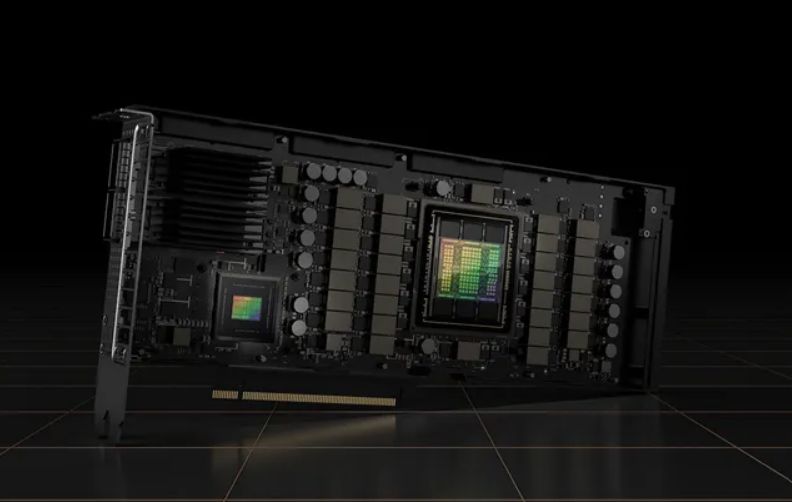The Power of RTX 5090 May Depend on New AMD Graphics Cards
Release expected in the last quarter of next year.
Those eagerly anticipating the release of NVIDIA’s RTX 5090 in 2024 should pay close attention to AMD’s actions, as NVIDIA might “coordinate” the launch of the RTX 5090 in response to AMD’s moves regarding their own next-generation GPUs.

A recent video from the technology channel Moore’s Law is Dead discusses the potential release date of the RTX 5090. According to information obtained from a source, the launch of the new generation cards in 2024 largely depends on the competitiveness of the upcoming AMD RDNA4 graphics processors.
The source suggests that NVIDIA is preparing its new consumer architecture, based on the forthcoming Blackwell architecture, for a potential release in the fourth quarter of 2024. The release timeline is solely dependent on the sales results of the current RTX 4000 series over the next year. Furthermore, the impact of the next-generation AMD cards, which are expected to be targeted at the mid-range market, will play a crucial role in NVIDIA’s sales.
Although the RDNA4 GPUs are aimed at the mid-range segment, their successful launch could challenge NVIDIA’s dominance in the premium chip market. Such a scenario could compel the company to introduce a new flagship graphics card to shift focus to the GeForce lineup.
Expanding on this, NVIDIA’s strategy in timing the release of the RTX 5090 could be a tactical move to maintain its market position. If AMD’s RDNA4 GPUs significantly raise the bar in the mid-range segment, NVIDIA might need to respond with a powerful flagship to assert its technological leadership. This dynamic competition is beneficial for consumers, as it drives innovation and potentially leads to more advanced features and better performance in new GPU releases.
It was previously reported that RTX 5000 Series Set for Launch Next Year
And that they will be 80% faster
Furthermore, the focus on the mid-range market by AMD with its RDNA4 GPUs could indicate a strategic shift in the GPU market, where mid-range products become increasingly capable, offering high-end features at more accessible price points. This could lead to a broader adoption of advanced graphics technologies by a wider audience.
NVIDIA’s potential introduction of the RTX 5090 as a response to AMD’s RDNA4 could set a new benchmark in the high-end GPU market, possibly introducing features like enhanced ray tracing, higher frame rates at greater resolutions, and improved AI-driven functionalities.
The competition between NVIDIA and AMD not only influences the release schedules and specifications of new GPUs but also shapes the overall direction of the graphics technology industry, driving both companies to continuously innovate. As a result, the GPU market remains vibrant and rapidly evolving, with each new generation of cards pushing the boundaries of what’s possible in gaming and professional graphics applications.

